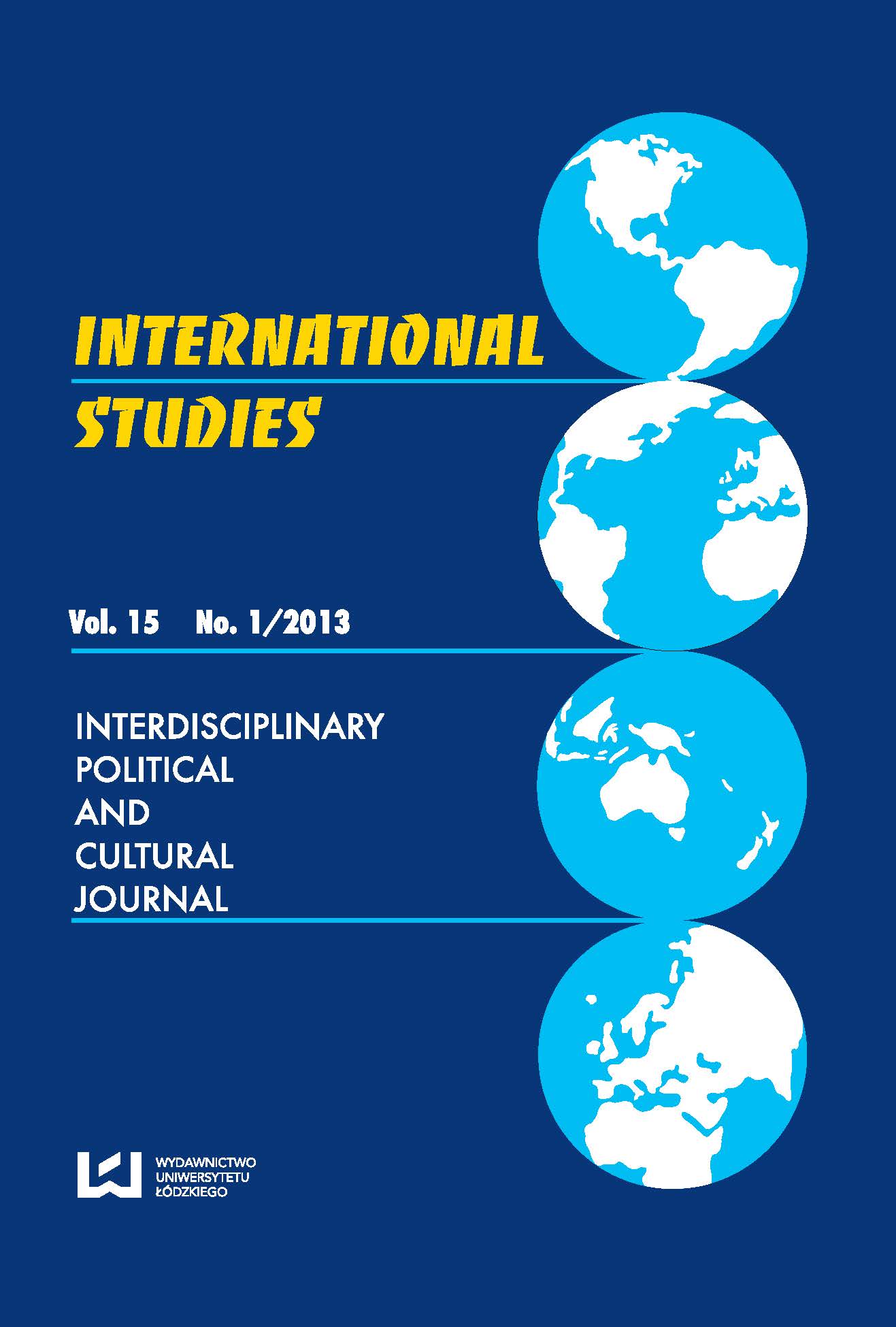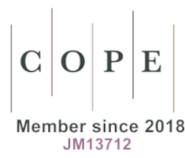The Almanac “Woman and Russia” and the Soviet Feminist Movement at the end of the 1970s
DOI:
https://doi.org/10.2478/ipcj-2013-0001Keywords:
Almanac “Women and Russia”, feminist movement in Soviet RussiaAbstract
This article presents a short history of the origin and creation of the Almanac “Women and Russia,” which began as a samizdat underground publication devoted to the problem of women and childrearing in the USSR. The idea for creating such an Almanac originated in the mid 1970s in the Leningrad circle of ‘unofficial culture’, at the initiative of the artist Tatyana Mamonova, religious philosopher Tatyana Goricheva, and the women author Natasha Malachovska. The women writers featured in the first edition of the Almanac addressed not only questions about the social conditions prevailing in the USSR, but above all exposed the consequences for women living and functioning ina patriarchal social order, and ironically one where all the questions concerning ‘women’s rights’ were deemed to have been resolved in a progressive fashion much earlier. Not only is the substance of the Almanac important, but the circumstances surrounding its publication and the subsequent consequences related to its publishing also reveal the state of the ‘women’s movement’ in the USSR of that time. These include the reactions of the representatives of the dissident culture, the interventions of the security apparatus and the attendant repression of the women activists and its effect on their lives, and the support of feminist organizations from abroad. Each of the afore-mentioned reactions and consequences became an element of and shaped the everyday lives of the activists involved in the creation of the Almanac. The events related in this work confirm the opinion of those researchers who consider that the publication of the Almanac marked the beginning of the resurrection of the feminist movement in Russia.
Downloads
References
Alexandrova, Ekaterina. “Why Soviet Women Want to Get Married.” Women and Russia: feminist writings from the Soviet Union. Eds. T. Mamonova, S. Matilsky, Oxford: Blackwell, 1984.
Google Scholar
Engels, Friedrich. Происхождение семьи, частной собственности и госу-дарства [On the Origin of the Family, Private Property and the State]. 29 March 2013. http://www.bibliotekar.ru/engels/index.htm
Google Scholar
Leftinova, Valentina. “A Few More Words on the Subject of Free Medical Treatment.” Women and Russia: feminist writings from the Soviet Union. Eds. T. Mamonova, S. Matilsky, Oxford: Blackwell, 1984.
Google Scholar
Mamonova, Tatyana. “A Discussion with the KGB.” Women and Russia: Feminist Writings from the Soviet Union. Eds. T. Mamonova, S. Matilsky, Oxford: Blackwell, 1984.
Google Scholar
Mamonova, Tatyana. “Introduction. The Feminist Movement in the Soviet Union.” Women and Russia: Feminist Writings from the Soviet Union. Eds. T. Mamonova, S. Matilsky, Oxford: Blackwell, 1984.
Google Scholar
Malahovskaya, Natasha. “Из выступления Натальи Малаховской на первой московской Феминистической конференции “Женщина как объект и субъект в искусстве.” Как началось женское движение в конце 70-х [“From the Presentation of Natasha Malahovskaya at the First Moscow Feminist Conference: Women as Subjects and Objects in Art.” How Did the Feminist Movement of the Late 1970s Begin?]. The Informational Feminist Journal “FEMINF” 3 (December, 1993).] 29 March 2013. http://www.owl.ru/win/books/feminf/01/02.htm
Google Scholar
Maltseva, Natasha. “The Other Side of the Coin.” Women and Russia: Feminist Writings from the Soviet Union. Eds. T. Mamonova, S. Matilsky, Oxford: Blackwell, 1984.
Google Scholar
Mitrofanova, Alla. Ленинградский феминизм 70-х гг. [Leningradist feminism at the end of the 1970s]. 20 March 2013. http://www.feminismru.org/publ/nashi_stati/o_leningradskom_feminizme_70_kh_i_o_tom_kak_udaljajut_tati_v_vikipedii/4-1-0-165
Google Scholar
Yarina, Nina. “About the Almanac.” Women and Russia: Feminist Writings from the Soviet Union. Eds. T. Mamonova, S. Matilsky, Oxford: Blackwell, 1984.
Google Scholar
Yukina, Irina. Русский феминизм как вызов современности [Russian Feminism as a Contemporary Challenge]. Saint Petersburg: Aleteya, 2007.
Google Scholar
Women and Russia: Feminist Writings from the Soviet Union. Eds. T. Mamonova, S. Matilsky, Oxford: Blackwell, 1984.
Google Scholar
Постановление от 19 ноября 1926 года “О введенн в действие кодекса законов о браке, семье и опеке” [Decree of 19 November 1926. “The entry into force of a marriage, family, and custody code.”]. 20 March 2013. http://zaki.ru/pagesnew.php?id=1942&page=1
Google Scholar
Downloads
Published
How to Cite
Issue
Section
License

This work is licensed under a Creative Commons Attribution-NonCommercial-NoDerivatives 4.0 International License.

















